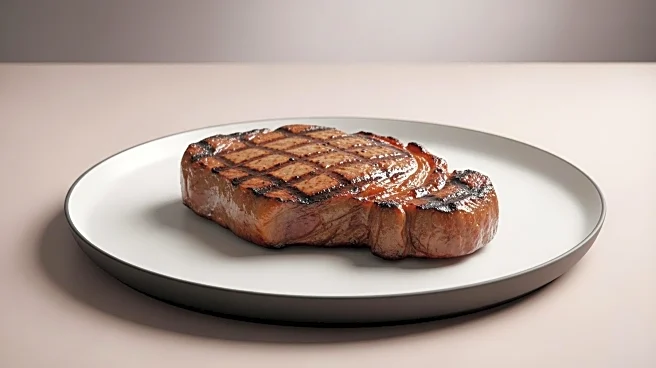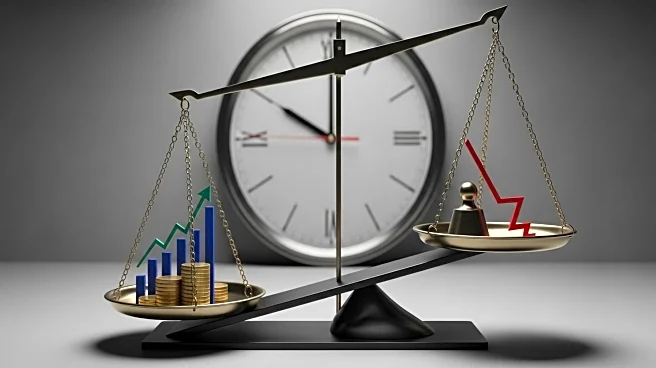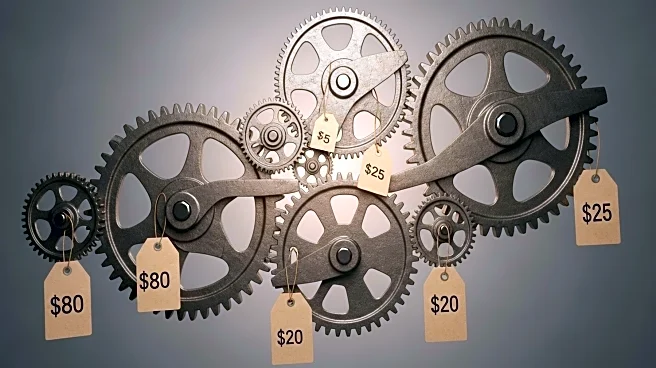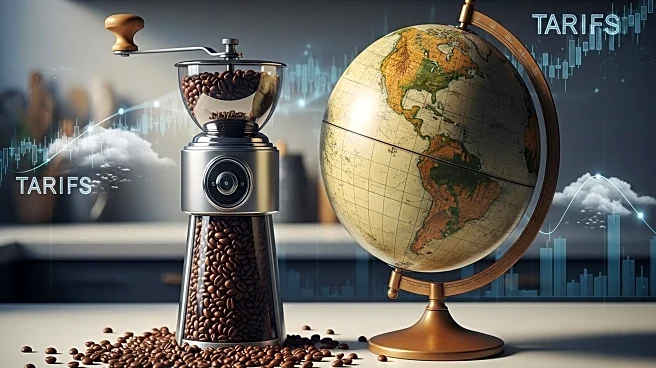What is the story about?
What's Happening?
Despite rising prices, Americans are not reducing their beef consumption, according to recent reports. Michael George highlights that many consumers are unwilling to cut meat from their diets, even as costs increase. The beef industry has seen price hikes due to various factors, including supply chain disruptions and increased demand. However, consumer behavior indicates a strong preference for beef, with many opting to absorb the higher costs rather than switch to alternative proteins.
Why It's Important?
The continued demand for beef despite higher prices reflects consumer priorities and economic resilience. This trend has significant implications for the beef industry, which may experience sustained profitability despite challenges. It also highlights broader economic dynamics, such as consumer spending habits and inflationary pressures. The situation may influence agricultural policies and market strategies, as stakeholders seek to balance supply and demand while addressing cost concerns.
What's Next?
Industry experts anticipate that beef prices may continue to rise if current trends persist. Consumers may eventually seek alternatives if prices become prohibitive, potentially impacting market dynamics. The beef industry may explore strategies to mitigate costs, such as improving supply chain efficiency or promoting value-added products. Policymakers may also consider interventions to stabilize prices and support consumer access to affordable protein sources.
AI Generated Content
Do you find this article useful?













